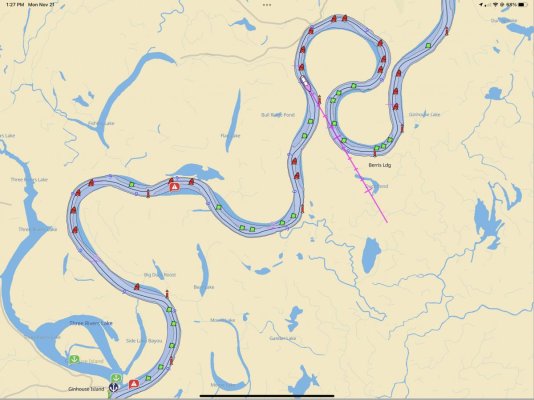Jeff F
Guru
- Joined
- Nov 5, 2015
- Messages
- 2,488
- Location
- Canada
- Vessel Name
- Escapade
- Vessel Make
- 50` US Navy Utility trawler conversion
I think a B+ transponder is an easy call on a new boat. A switch to turn the transmit off is very easy to fit, if you ever feel the need to go dark or want to leave systems on when stopped.


